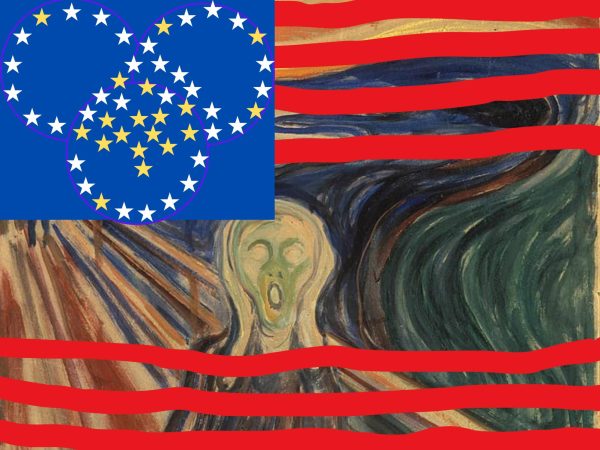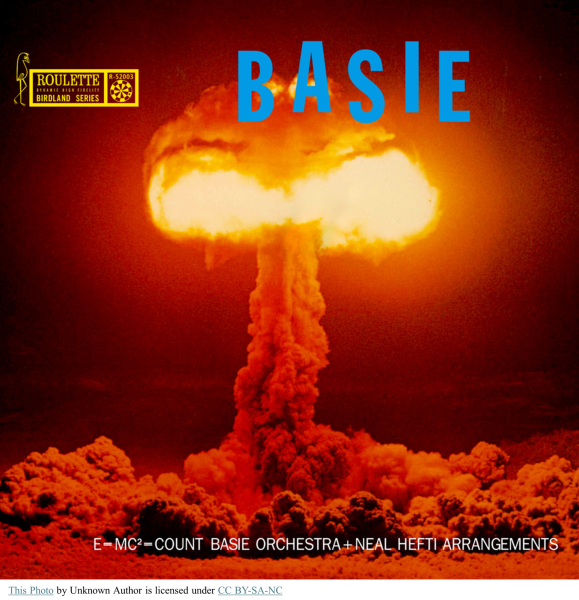Folks I’ve Met Along the Way… Author of Book, “Sieg Heil”

Stefan Lorant, the author of Sieg Heil!, said that unlike the caricature on the book cover, Hitler had piercing eyes and an imposing presence.
June 2, 2023

Stefan Lorant was a historian and author who, in 1975, had written a book on the history of Pittsburgh. Naturally, all of the TV stations in Pittsburgh wanted an interview; while Pittsburgh might be a major American city, if you’ve ever lived there you’d know how parochial we were and how unusual it was for someone of Lorant’s background to take an interest in us. He appeared
on “The Marie Torre Show” at KDKA-TV where I was working at the time as a news producer. Marie’s show was typical for local stations of that era, an hour in midday that actually talked with authors about their books, did at-length interviews with our local elected officials, visiting dignitaries, TV and movie stars, and anyone of local or national interest. Lorant’s history of Pittsburgh was surprising because he was a Hungarian-born Jew with no native connection to our hometown.
After our TV program, a group of us went to lunch and I peppered him about his background. I was most interested in his 1974 publication of Sieg Heil, an illustrated history of Germany from Bismarck to Hitler. He told me that he had the distinction of being the first journalist jailed in Munich after Hitler came to power. How did that happen? He’d been a writer and editor for the Munich “Illustrated Press” and had been a major critic of the rising Nazis. Hitler labeled the magazine as “die Lügenpresse” which translates as lying press. One of the first things Hitler did after the Reichstag fire was to suspend freedom of speech and of the press and imprison those he deemed as enemies of the Reich. Lorant was the first to be jailed. Lorant eventually got out of jail and Germany at the behest of the Hungarian government. He fled to England and eventually the U.S., fortunate to have escaped the fate of so many European Jews of the time.
I’d spent nearly three years in Germany as a soldier more than 20 years after the Holocaust. I met many German men who had been in service during that war, and heard stories of how and why the Nazis had been so attractive to the masses, but never met anyone who had actually seen or known Hitler until I met Lorant. “You actually knew him?” I asked. “Saw him and talked with him many times,” came the reply.
Lorant went on to say that the images most of us held of Hitler were from black and white war footage, shots of a seeming madman shouting to the adoring minions, arm shooting into the Nazi salute. But, he said that in reality and in person, Hitler had a genuine magnetism, an almost satanic way of looking into one’s eyes and soul, a piercing and dominating presence. He also said that his eyes were the most remarkable blue-gray and completely mesmerizing. Lorant said, “Women were especially taken with him. He was literally swooned over by women.”
The Charlie Chaplin image, Lorant added, was the one most Americans had of Hitler as he rose to power, and from that distance and from that newsreel footage most Americans missed the true and evil nature of the man. And Lorant had looked into those eyes. Lorant had understood his true nature. It’s the closest I ever got to the man responsible for millions of deaths and untold destruction and, I guess, the closest I’d ever want to be. But to meet someone who had met him was an unforgettable event in my young foray into journalism. And one that’s stayed with me to this day, especially when I still see the Pittsburgh history parked on my bookshelf.




















Lynn Harasin Johnson • Jun 4, 2023 at 2:14 pm
My anxiety went up just reading this. You keep writing, Paul. And we will continue to be amazed at your experiences.